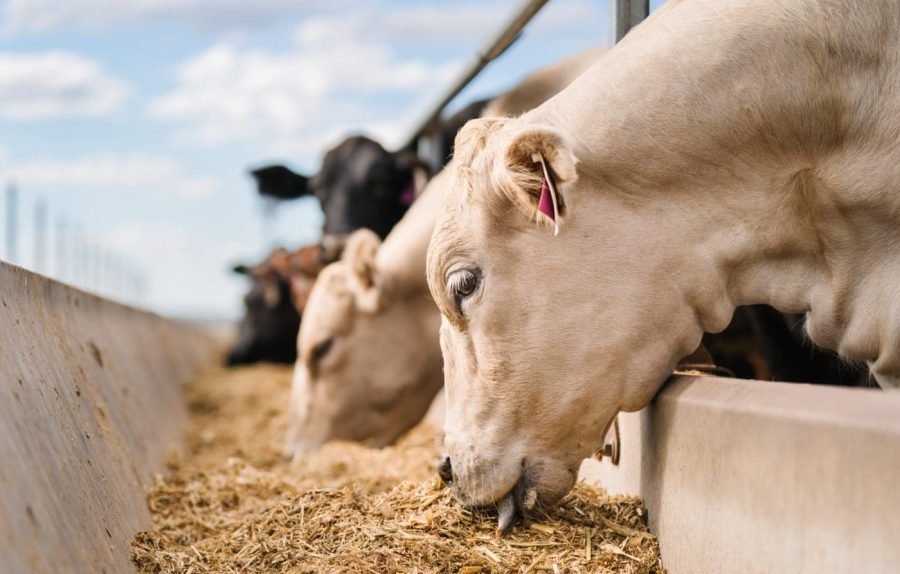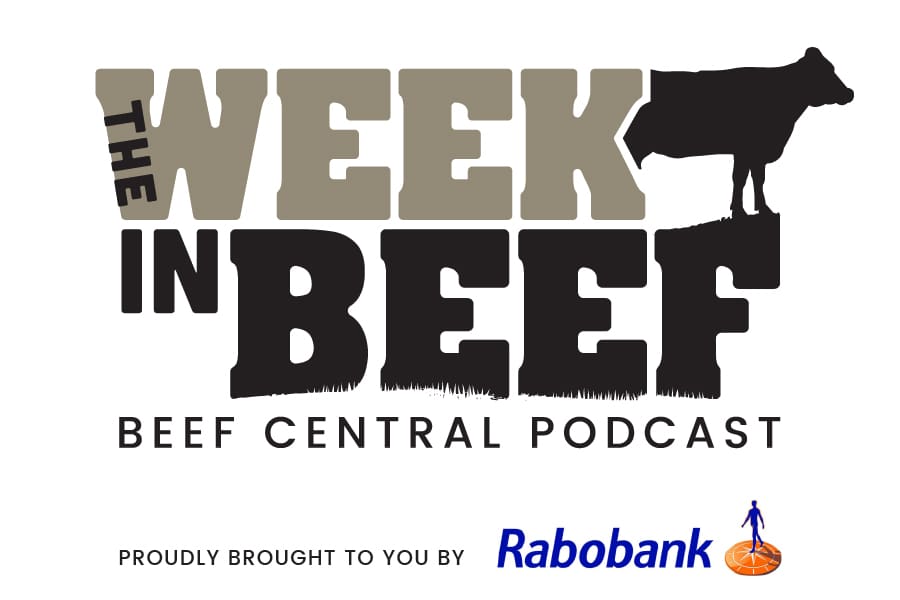
Image Source: ALFA
Latest Listings on AgJobs Central Recruitment Page:
- Head Stockperson – Maryfield Station NT (AAM)
- Cropping Manager – Irrigation, Emerald Qld (Gunn Agri Partners)
- Sales Consultant – Grain Storage (Rimfire client)
- Livestock Marketing Centre Assistant Manager (City of Wagga Wagga)
- Team Leader Grounds Maintenance – Livestock Marketing Centre (City of Wagga Wagga)
- Team Leader Asset Maintenance – Livestock Marketing Centre (City of Wagga Wagga)
- Project Manager – Grains Australia (Rimfire client)
- Bovine Livestock Hand – Rockhampton, Qld (Rockyt Repro)
- Livestock Manager/Agent – Yass, NSW (Ray White Rural)
- Machinery Operator & Farm Labourer – Springdale, Qld (Glenisa Cattle Co)
- Farm Manager – Tottenham, Vic (Lucas Group client)
- Working Manager – Yelarbon, Qld (Manana Pastoral)
- Station Manager – “Paradise”, NSW (Rimfire client)
- Head Stockperson – Paringa Feedlot, Qld (Paringa Gold)
- Safety Advisor – Caroona Feedlot, NSW (JBS)
- Rural Marketing Positions – NSW, Qld & NT (Allied Rural Marketing)
- Production Engineer, Animal Health & Nutrition (Rimfire client)
- Station Manager – Quinyambie Station, SA (Mutooroo Pastoral Company)
- Graduate: Sales and Support Team – Armidale, NSW (Optiweigh)
- Station Manager – Clermont, Qld (CAM Agricultural Group)
Click here to access these and earlier AgJobs Central recruitment listings.
The Role of Feedlot Managers in Australia
Feedlots in Australia vary significantly in size, accommodating anywhere from a few thousand to over 70,000 Standard Cattle Units (SCU). Consequently, the responsibilities of feedlot managers can differ greatly from one facility to another.
A long-term trend indicates a shift towards larger, more competitive feedlots, with some businesses recently advertising salaries as high as $250,000 a year for feedlot operations managers. However, it’s crucial to note that such salaries are not uniform across all positions.
According to the latest data from MLA’s State of the Industry report, as of 2023-24, Australia had only 355 commercial feedlots, leading to a limited number of available jobs in this sector.
Skills and Responsibilities
The skills required for feedlot managers depend largely on the size of the facility. Smaller operations necessitate a more hands-on approach, with managers frequently involved in commodities purchasing. In contrast, larger feedlots allow managers to concentrate primarily on human resource management, overseeing a team of sub-leaders.
Given the diverse nature of the lot feeding sector, experienced feedlot managers are rare, which partly explains the high frequency of these roles appearing on the AgJobs Central platform.
As a result, salary rates for those with experience in feedlot management have risen considerably, catering to the increasing demand for skilled professionals.

Mick Hay
In an interview, Mick Hay, Chief Operating Officer at Rimfire Resources, emphasized the complexities of managing a feedlot, stating that it requires not only technical skills but also the capacity to manage and develop people. The intricacy of these roles contributes to the limited pool of suitable candidates.
A High-Pressure Environment
With a record number of cattle on feed and continuously high prices, the feedlot environment can be high-stakes and relentless. Hay explains that daily operations must be consistent and precise, leading to potential burnout among feedlot managers. The very nature of feedlots demands a steadfast commitment to routine and quality.
Innovative Management Structures
To alleviate some of the pressures of the feedlot manager role, some companies are opting for a more distributed management structure. This involves employing multiple professionals at comparable levels of responsibility, allowing tasks to be divided among specialists in livestock, feed management, and other operational areas.
This approach not only mitigates burnout risk but also cultivates a more resilient organizational structure, particularly in larger operations.
A Rewarding Career Path
Despite the challenges, feedlot management remains a lucrative career option for individuals passionate about livestock and agriculture. The rewards—both financial and personal—can be significant for those suited to the demands of this business.

Hear Mick Hay’s comments about the feedlot management role in this week’s Week in Beef podcast.
This article is structured logically, utilizing appropriate HTML tags for easy integration into WordPress. The content is highly readable and free from plagiarism.



